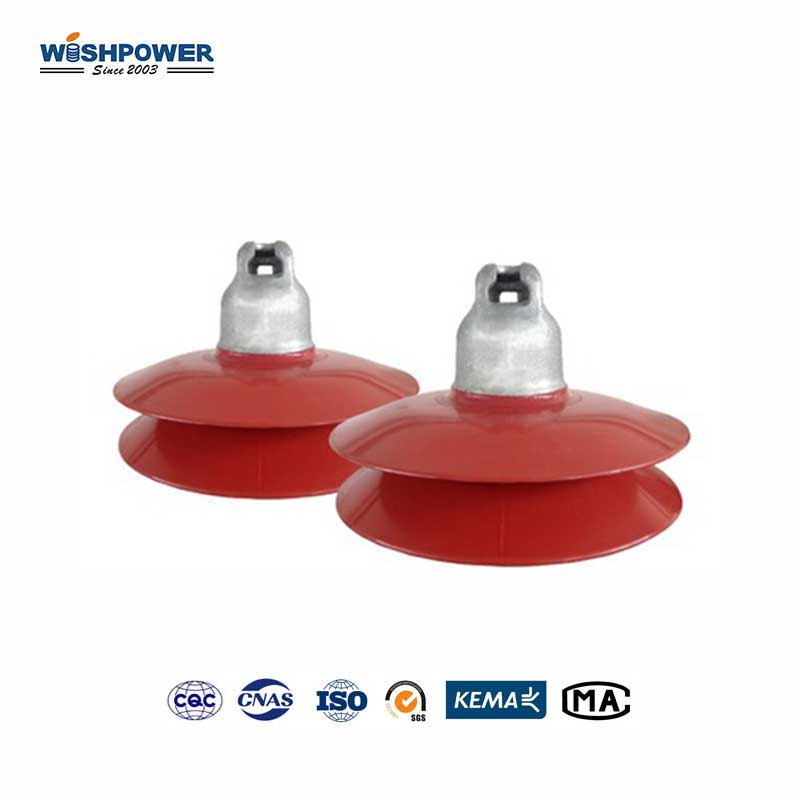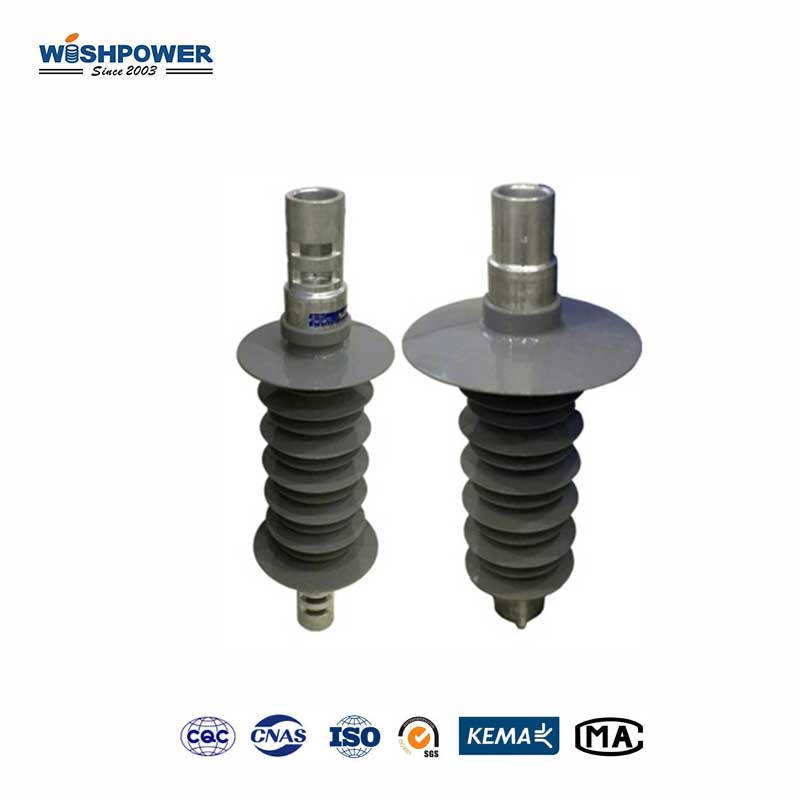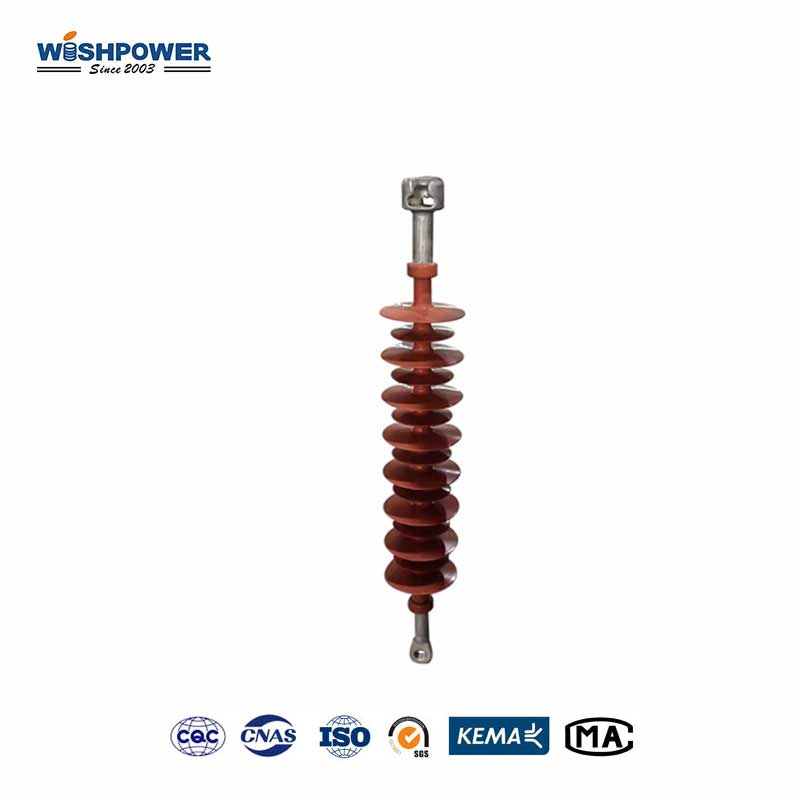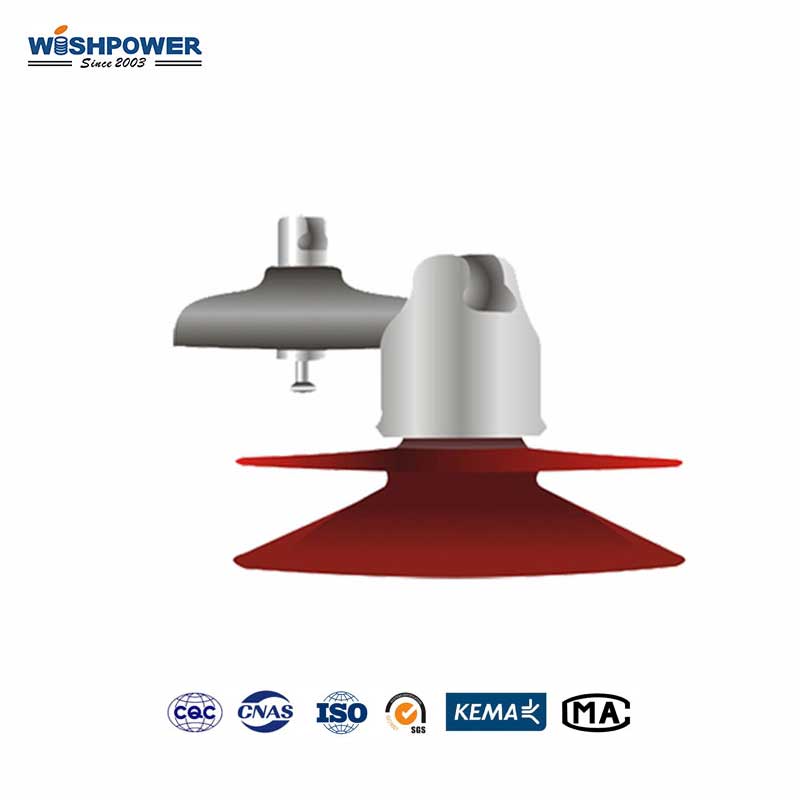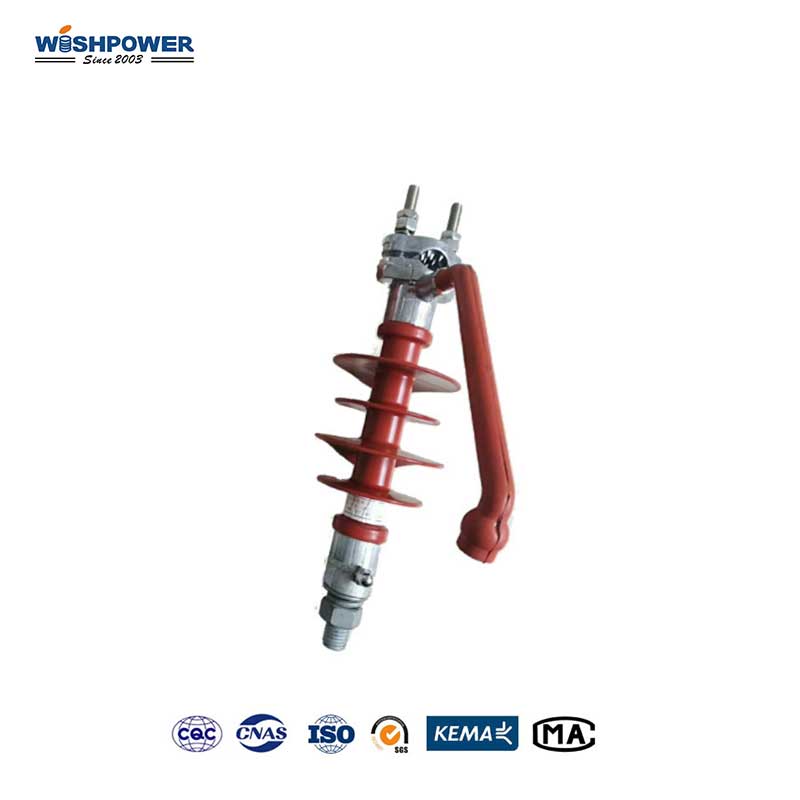Specification
| Product Type |
FQXG-25/(100/120) |
FOXG-25/(160/200) |
| Specified Voltage |
25 kV |
25 kV |
| Specified Mechanical Tensile Failing Load |
100/120 kN |
160/200 kN |
| Section Length |
800 |
850 |
| Min Insulation Distance |
≥600 mm |
≥600 mm |
| Min nominal Creepage Distance |
1600 mm |
1600 mm |
| Lightning Impulse Withstand Voltage(Peak Value) |
310 kV |
310 kV |
| Artificial Pollution Power Frequency Withstand Voltage (Salt Deposit Density) |
36 kV |
36 kV |
| Power Frequency Withstand Voltage Test-Wet |
150 kV |
150 kV |
The table above is just one of our product parameters. If you want more information, please get in touch with info@wishpower.net or download the file below.
Wishpower has more than 20 years of production and R&D experience in the insulator industry. Customers around the world have well received our products. They are widely used in electrical, rail transportation, new energy, and other fields. If you need more professional products or solutions, please let us know!
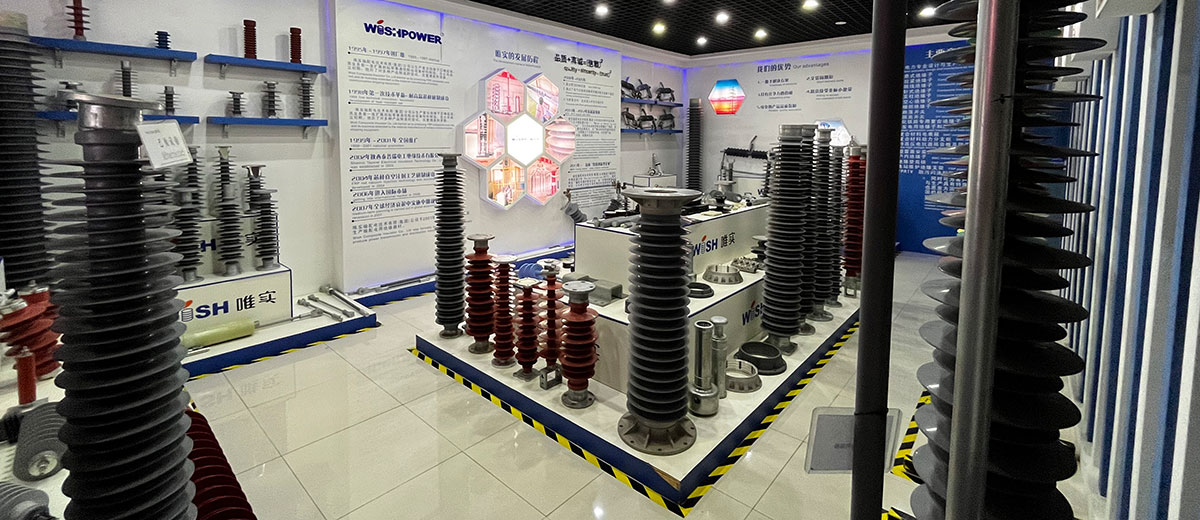
What is the Railway Insulator?
The Railway Insulator is the crucial component in the electrification of railway systems, primarily designed to provide electrical insulation and mechanical support within the railway’s overhead contact system and track circuit system. These insulators ensure the safe and stable transmission of electricity necessary for powering electric trains while protecting the infrastructure from electrical faults and environmental influences. It is typically made from materials like porcelain or advanced composites. Traditional porcelain insulators offer strong mechanical and electrical insulating properties. However, modern railway systems increasingly use composite insulators made of fiberglass cores with silicone rubber exteriors due to their advantages in weight, strength, pollution resistance, and aging resistance. In the overhead contact system, they support and insulate the contact wires that supply electric power to locomotives. They are installed on masts or poles and must endure significant mechanical stress and environmental challenges, such as extreme weather conditions, to maintain reliable operation. In track circuit systems, they ensure the proper functioning of train detection and signaling by insulating the rails from the ground and other conductive elements. This insulation prevents electrical leakage and ensures accurate signal transmission.

Types
- Post Insulators
These are employed on the electrified railways for use in carrying and supporting the sets of overhead contact wires. They are usually installed on poles and other structures and should be able to support mechanical stress and environmental factors.
- Suspension Insulators
These insulators are typically used to support as well as to isolate the overhead contact wires. They are usually formed in strings and offer the capability to be moved and tensioned in the wires they are arranged in.
- Strain Insulators
Strain insulators are meant to take the mechanical strain on the overhead contact wires. They are installed at those places where there is bending or over of wires and where there is tension or strain in the wires so that insulation is maintained beside the wires being held strongly.
- Rail Insulators
These insulators are applied on the track circuit systems and they are installed between the rails and their supporting structures. They guarantee insulation of the rails from the ground to eliminate leakages and preserve the sufficiency of signal circuitries.
- Tie Insulators (Sleeper Insulators)
These insulators are utilized to carry and insulate the rail from the tie usually known as the ‘sleeper’. They are very important in ensuring the alignment and isolation of rail in track circuiting.
- Bracket Insulators
Bracket insulators are normally used to support and electrical insulate brackets and cantilevers of the overhead contact systems. They assist in altering mechanical loads and act as insulators of electricity.
- Section Insulators
These insulators are employed to ensure that separately the overhead contact wire is electrically divided into various parts. This is important in maintenance and lending fault isolation on certain parts without risking the other parts of the system.
Working Principle:
Insulators Railway works by providing electrical insulation and mechanical support within electrified railway systems. Made from high-resistance materials like porcelain or composites, they prevent current from leaking to grounded structures. In overhead contact systems, they support and insulate contact wires, ensuring safe power transmission to trains. In track circuit systems, they isolate rails from the ground, ensuring accurate signaling. Designed to withstand environmental factors such as moisture, pollution, and temperature extremes, these insulators maintain their performance under various conditions, ensuring the safety and efficiency of railway operations.
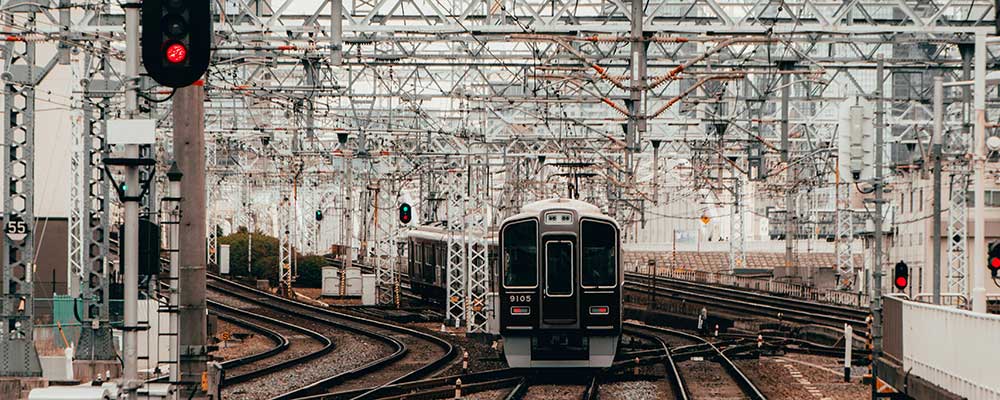
Why choose Wishpower?
- Rich experience:
By now, Wishpower has been investing its attention in such an industry for over 20 years and has been endowed with adequate experience and knowledge.
- Professional scientific research team:
The professional scientific research team of the company has more than 30 people, and technological innovation and product development are strengthened continuously.
- Multiple national patents:
We have more than 10 national invention patents And we have a strong technical force.
- Broad customer base:
The scope of its customers is over two thousand, including domestic and foreign ones, and it is equipped for various fields.
- Quality certification:
Many of our products have been tested and authenticated by testing institutions including KEMA and STRI and customers’ full affirmation and recognition.
- Advanced testing equipment:
The company possesses perfect inspecting measures and high-voltage testing equipment and can perform electrical tests, mechanical strength tests, physical and chemical tests, and other tests for products with high quality and stable performance.
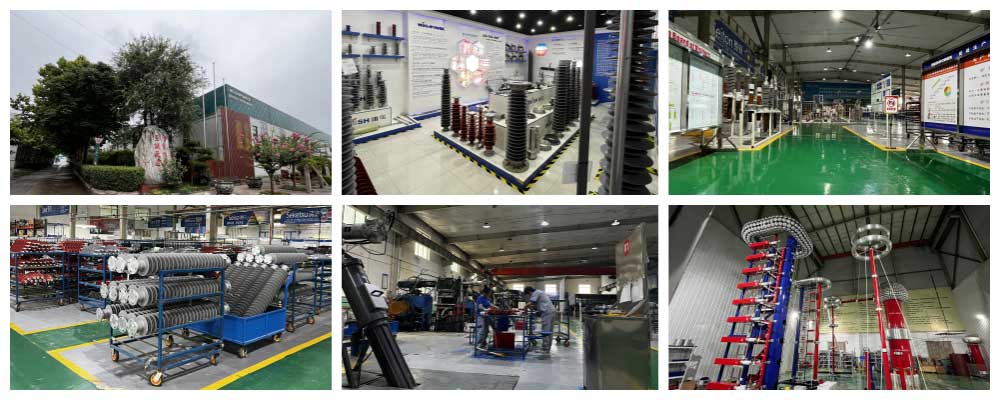
Certificate
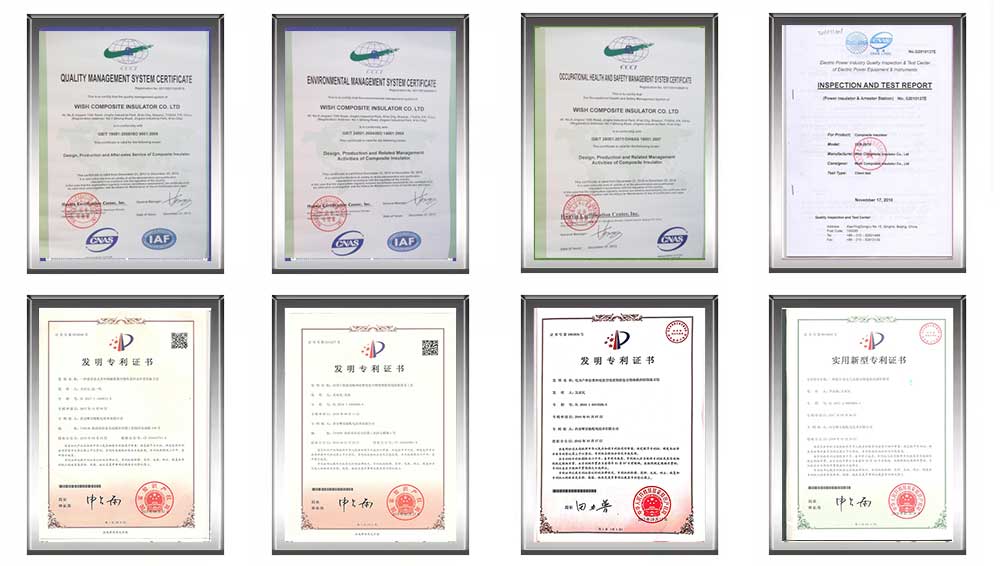
Hot Tags: Railway Insulator, Composite Insulator, China, manufacturers, ISO factory, wholesale, KEMA, high quantity, best, price, low to high voltage















